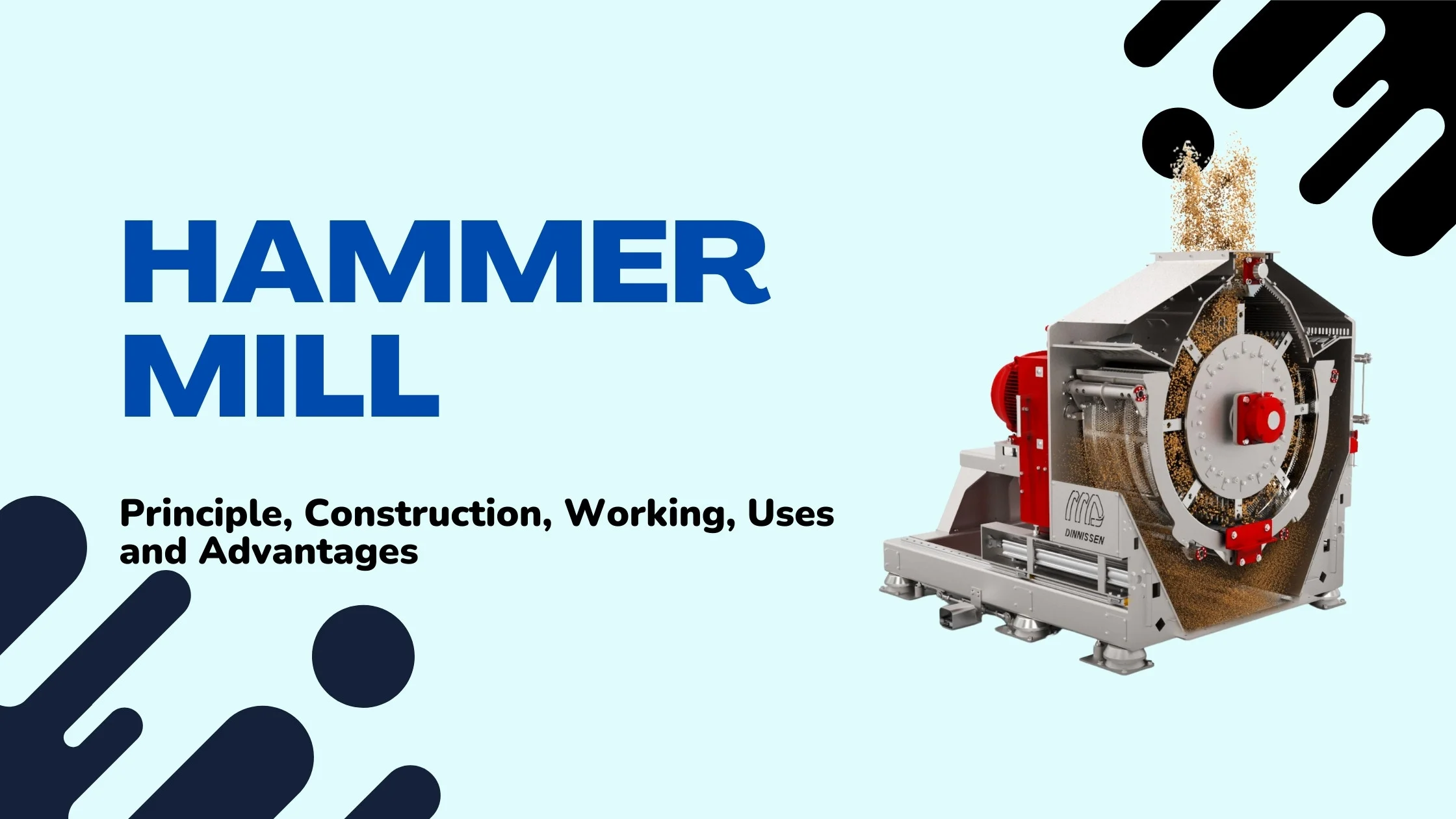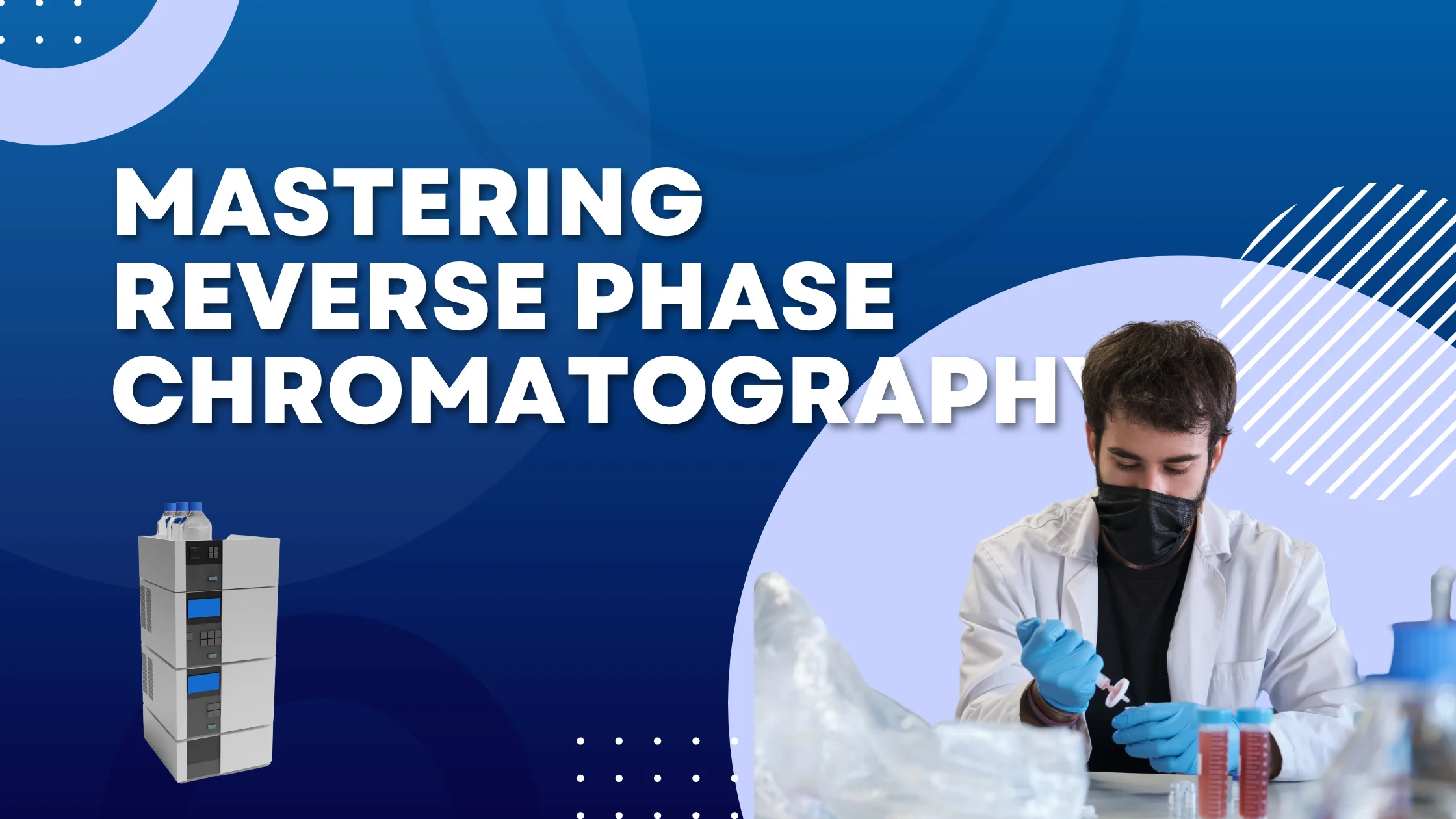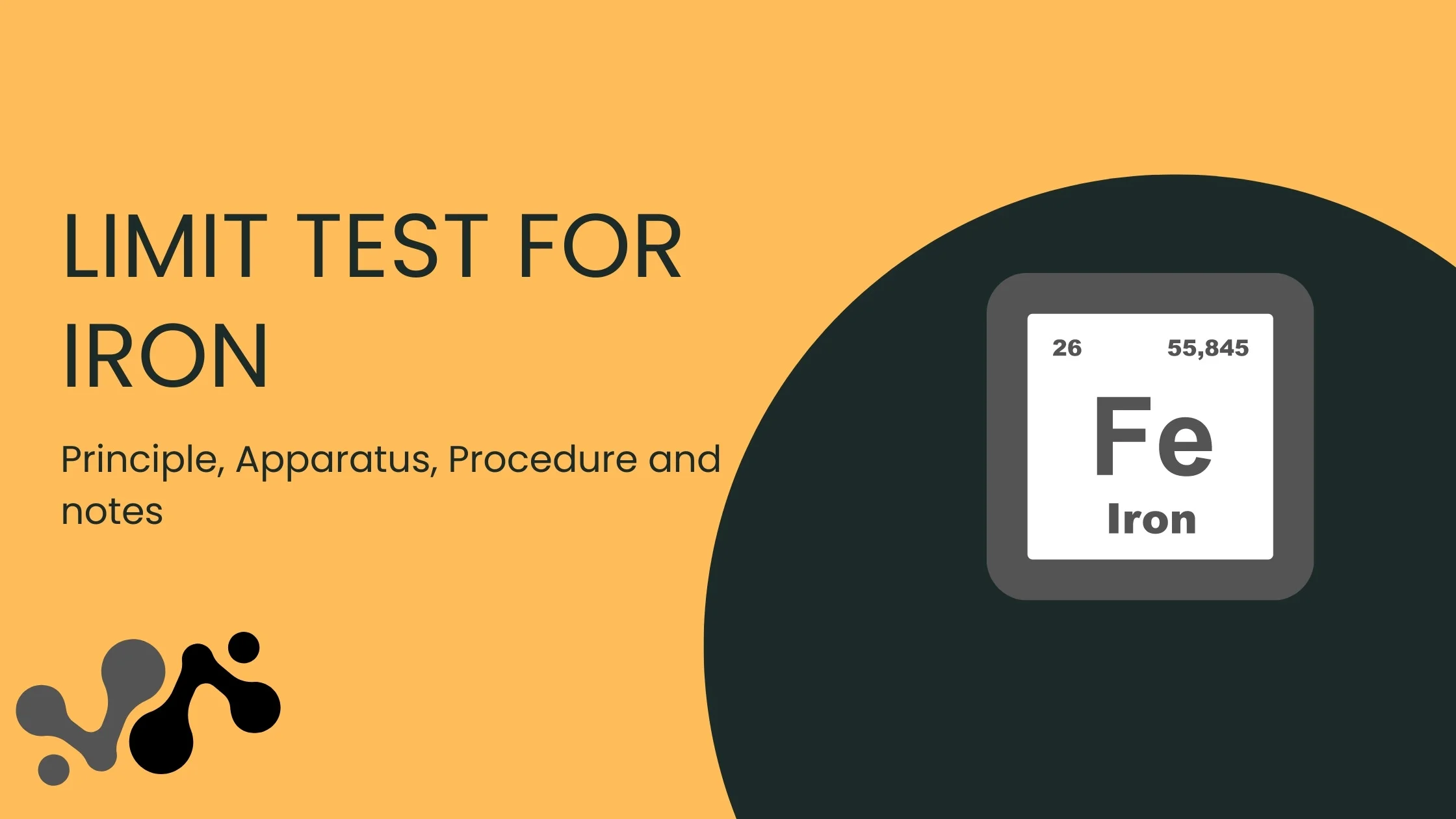Principle Fluidized bed dryers : A fluidized bed dryer aka. FBD is a system in which the solid particles are partially suspended in an upward-moving gas stream passed through a perforated bottom of the container. The particles are lifted and then fall back randomly so that the resultant mixture of solid and gas acts like a boiling liquid. This condition is called a fluidized state. The excellent gas-solid contact results in better heat and mass transfer than in static and moving beds.
Types and Construction of Fluidized bed dryers (FBD):
There are two types of FBD available in the pharmaceutical industry.
Vertical Fluidized Bed Dryer:
- Vertical FBD is the most widely used dryer in the pharmaceutical industry and is simple and easy to operate and maintain.
- The dryer is made of SS316, an austenitic chromium-nickel stainless steel containing a deliberate amount of molybdenum, increasing general corrosion. The construction of the Vertical fluidized bed dryer is shown in the figure below.
- The FBD consists of an Air inlet chamber – to allow hot air for drying, a Detachable bowl to hold material to dry, a Drying chamber – to fluidize wet material, and a Finger bag – to recover the fines generated when the material is in a fluidized state; and finally, a fan to assist hot air recirculation and also served as an outlet.
- A detachable bowl is mainly used for charging and discharging the material and comes in various sizes, ranging from as small as 5kgs (R&D purposes) to 650kgs (for commercial purposes).
- The bowl has a perforated bottom with a wire mesh for placing material to be dried. This bowl is placed at the bottom of the dryer between the drying chamber and the air inlet chamber.
- The air inlet chamber has a fresh air inlet, prefilter, and heat exchanger connected serially to heat the air to the required temperature. The hot air and exit air temperature are frequently monitored in situ. Temperature sensors.

Horizontal Fluidized Bed Dryer:
- Horizontal FBD is more suitable for drying batches of larger volumes that require a continuous drying cycle. Usually, these dryers need a huge investment to purchase, operate and maintain.
- This FBD consists of a horizontal vibrating conveyor dryer on which the wet material is placed over the length of the conveyor. The heated air is introduced into a chamber below the vibrating conveyor deck. It passes through the perforated conveying surface, through the fluidized bed of solids, and into an exhaust hood.
- It also consists of a surge hopper with a material inlet – to feed wet materials on the conveyor, a rotary valve near the hopper – to assist the uniform flow of the material, a gas inlet chamber – to allow hot air for drying, an exhaust air duct with blower– to allow efficient local exhaust ventilation, and finally a dust collector – to collect material dust in the exhaust air.
- The dryer can be divided into several different zones with independent control of airflow and temperature so that drying can occur at the maximum desirable rate in each stage without sacrificing efficiency or damaging heat-sensitive materials.
- Dryers vary in width from 10 to 55 inches and in length from 10 to 60 feet, with bed depths of 3.5 inches. Dryer capacity is limited only by the retention time produced by conveying speeds ranging from 3 to 25 feet per minute.
- In some pharmaceutical operations, capacities range from 1 to 3 tons per hour.

Working on Fluidized Bed Dryer (FBD)
- FBD bowl loading: In a tablet manufacturing process, the whole operation of a Fluidized bed drier starts with the loading of wet granular material from the granulator. The wet granules to be dried are placed in the detachable bowl of a vertical FBD.
- Air inlet: The bowl is then pushed into the dryer, and fresh filtered air is allowed to pass through a prefilter, which gets heated by passing through a heat exchanger. At the same time, an exhaust fan is allowed to rotate.
- Fluidization: The hot air flows through the perforated bottom of the bowl with a predetermined air velocity which is gradually increased in a few minutes. When the velocity of the air is greater than the settling velocity of granules; and less than the velocity for pneumatic conveying, the solids are buoyed up and become partially suspended in the gas stream.
- After some time, a point of pressure is reached at which frictional drag on the particles equals the force of gravity. The granules rise in the container to a height of 1.5 to 7.5 meters per minute because of high-velocity gas and later fall back in a random boiling motion. This condition is said to be a fluidized state.
- Any attempt to increase the air velocity may result in entrainment into the finger bags, making removing them difficult.
- Drying: The gas surrounds every granule to dry them completely. The air leaves the dryer by passing through the finger bag filter. The entrained particles remain adhered to the inside surface of the fingers of the bag. Periodically the bag is shaken to remove the entrained particles.
- Drying is achieved at a constant rate with a residence time of about 30 to 40 minutes. Once the drying is completed, the material is left in the dryer for some time to achieve ambient room temperature. The bowl is drained to discharge the material and sent to the next stage of the tablet manufacturing process.
Advantages of Fluidized Bed Dryer (FBD):
- Because of the dryer’s short drying time and excellent mixing action, no hot spots are produced, and higher drying temperatures can be achieved.
- A fluidized bed dryer (FBD) takes a short duration to complete drying within 30 to 40 minutes, whereas conventional tray and truck dryers take 12-24 hrs.
- The thermal efficiency of the FBD is 5 times more than the conventional ones.
- FBD offers a more convenient drying mode for thermolabile substances because of shorter drying times.
- FBD is very versatile in operation as it can be run in both continuous mode and batch mode.
- Delivers high output and occupies less space in a given area.
- FBD is available in different drying capacities ranging from 5 to 300kg per hour.
Disadvantages:
- Many organic powders develop electrostatic charges during drying, which could burn the material. Therefore, additional measures are needed to offer electrical earthing.
- The fluidized state of granules creates turbulence which may cause attrition of some material resulting in the production of fines



